Material Science and Engineering
Powering devices goes skin deep
A way to remotely charge batteries through flesh could help develop components for permanent implantable medical devices.
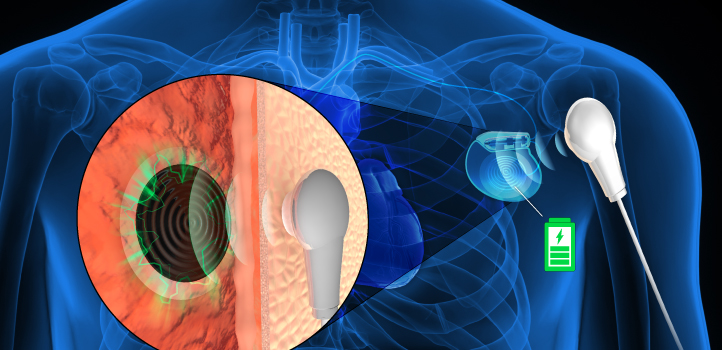
Soft and flexible materials can be used to ultrasonically charge bioelectronic implants, which could help to reduce the need for surgical treatment.
Electronic devices are increasingly used to remedy serious and long-term health problems, such as pacemakers to regulate heartbeat, electronic pumps that release insulin, and implantable hearing aids. Key design considerations for these components aim to minimize size and weight for patient comfort and ensure that the device is not toxic to the body.
Another stumbling block is how to power the devices. Batteries keep them working for a while, but changing the batteries demands invasive surgery. Ideally, the power source needs to be recharged wirelessly.
A collaborative study between the groups of materials scientist Husam Alshareef at KAUST and medical imaging expert Abdulkader A. Alkenawi at King Saud bin Abdulaziz University for Health Sciences reveals a way to remotely charge a battery using a soft, biocompatible material that absorbs sound waves passed through the body.
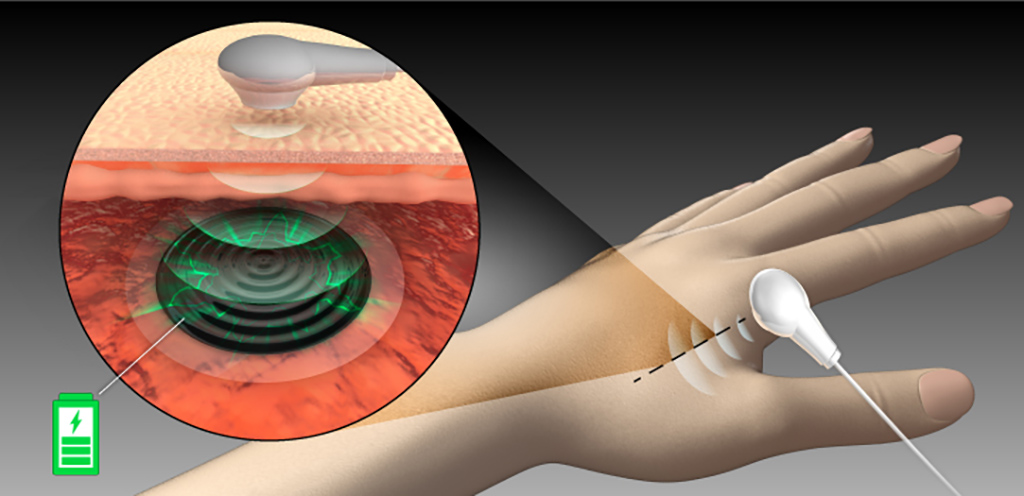
A drug delivery microdevice could be implanted under the skin in lieu of multiple injections. It could be remotely charged using the team’s hydrogel.
© 2020 KAUST
Hydrogels are made of long polymer molecules cross-linked to form a three-dimensional network that can hold a great deal of water. This gives hydrogels a flexible and stretchable texture, but it also means that they are both electrical conductors and biocompatible, making them ideal for bioelectronic applications.
Kanghyuck Lee, lead author of the study, explains how the team combined polyvinyl alcohol with nanosheets of MXene, a transition-metal carbide, nitride or carbonitride. “Just as dissolving salt in water makes it conductive, we used MXene nanoflakes to create the hydrogel,” says Lee. “We were surprised to find that the resulting material can generate electric power under the influence of ultrasound waves.”
Their hydrogel, which they refer to as M-gel, generates a current when an applied pressure forces the flow of electrical ions in the water, filling the hydrogel. When this pressure is the result of ultrasound, the effect is called streaming vibration potential.
The KAUST team proved the concept by using a range of ultrasonic sources, including ultrasound tips found in many labs and the ultrasound probes used in hospitals for imaging. They were able to quickly charge an electrical device buried within several centimeters of beef.
“This is another example of the impressive potential of MXene hydrogels that we’ve been developing in our laboratory for sensing and energy applications,” said Alshareef.
References
- Lee, K. H., Zhang, Y.-Z., Jiang, Q., Kim, H., Alkenawi, A.A. & Alshareef, H.N. Ultrasound-driven two-dimensional Ti3C2Tx MXene hydrogel generator. ACS Nano 14, 3199-3207 (2020).| article
You might also like
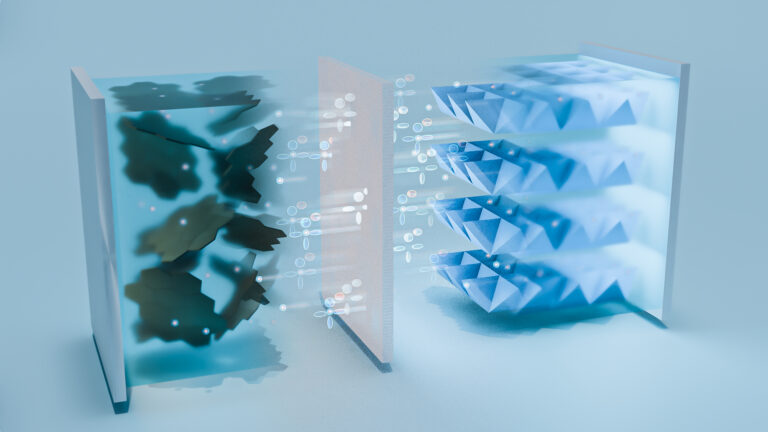
Applied Physics
A single additive enables long-life, high-voltage sodium batteries

Bioengineering
Smart patch detects allergies before symptoms strike

Applied Physics
Two-dimensional altermagnets could power waste heat recovery
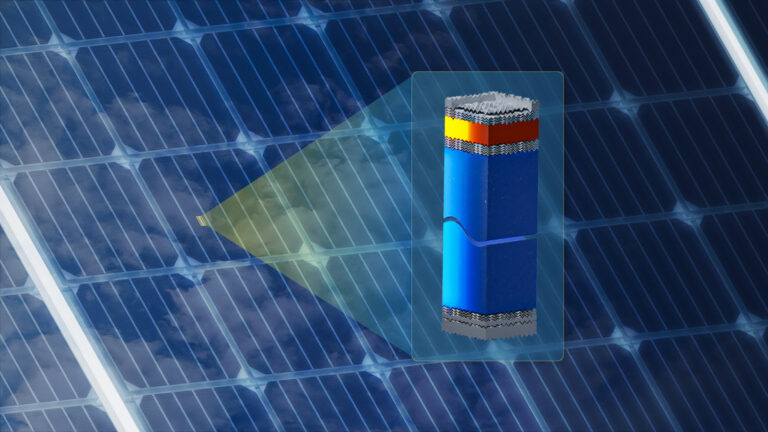
Applied Physics
Interface engineering unlocks efficient, stable solar cells
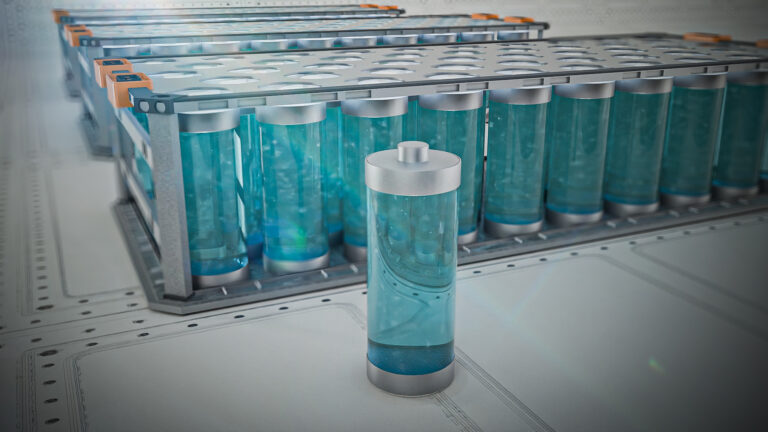
Applied Physics
The right salt supercharges battery lifespan

Applied Physics
Light-powered ‘smart vision’ memories take a leap forward

Applied Physics
Natural polymer boosts solar cells
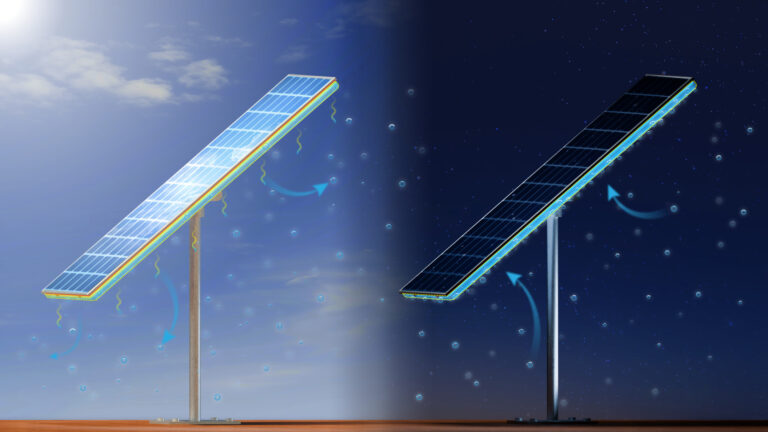
Material Science and Engineering




